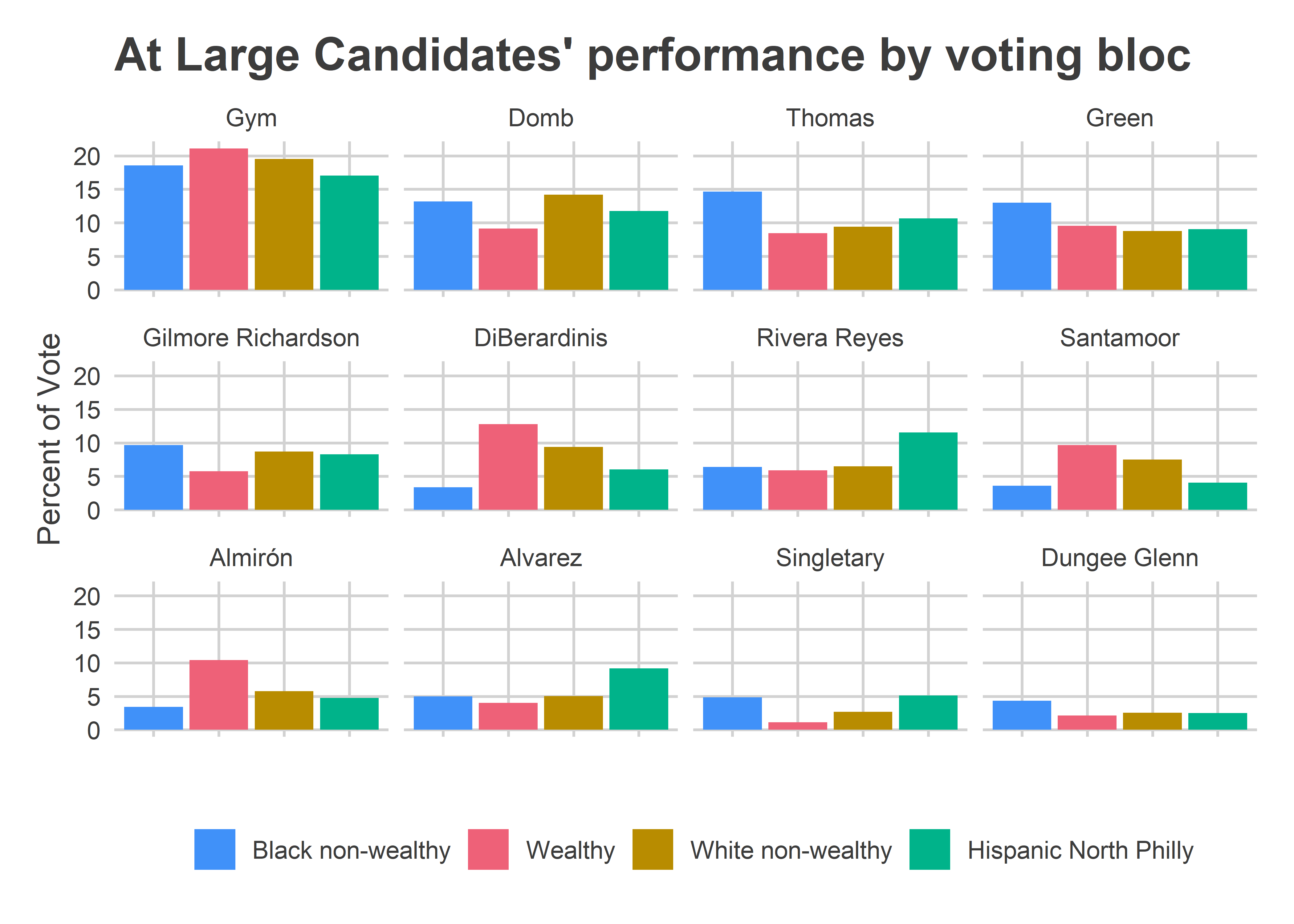

Therefore, party divisions are a fairly determined reflection of the main lines of social cleavages. In a broad sense, this concept can be defined as a deep and lasting division of society into blocs as a consequence of extreme social structural transformations, such as nation building and industrialization, and each bloc develops its own practices in almost every aspect of life. This concept has been viewed as a causal factor in explaining the formation of party systems and voting behavior in western democracies for a long time. Mardin’s formulation of the center-periphery has a similar approach with the concept of “social cleavage” introduced by Lipset and Rokkan (1967) to enlighten the mechanism of sociocultural division. In the center-periphery framework, while the center is characterized by a secular, urban, and western way of life, the periphery has a rural, religious, and traditional life-style. According to Mardin, this has resulted in the “center-periphery” divide between a modernizing center consisting of bureaucratic and military elites and a periphery excluded from state institutions. A commonly accepted explanation to this question is offered by Mardin (1973), who argues that Turkish voting behavior has been mainly shaped by socially transforming events that date back to the late Ottoman era. Whether this reflects any underlying divisions in the Turkish electorate has been widely considered to be one of the critical questions in the literature. The current electoral map of Turkey reveals that the country is sharply divided geographically: the center-left in the western coast, the conservative masses in central, eastern, and northern Anatolia, and the pro-Kurdish voters in the southeast (See Figure 1.1 in the Introduction). Rather than focusing on the individual causal relation, focusing on how political institutions are shaped by spatial relations in an attempt to answer this question will deepen the studies in the field of electoral geography. What factors motivate people living in different areas to vote differently? In other words, the question of “do similar-minded people really vote for the same party everywhere regardless of where they live?” has become increasingly important. One of the key themes in electoral geography literature is the effect of geography on voting.


 0 kommentar(er)
0 kommentar(er)
